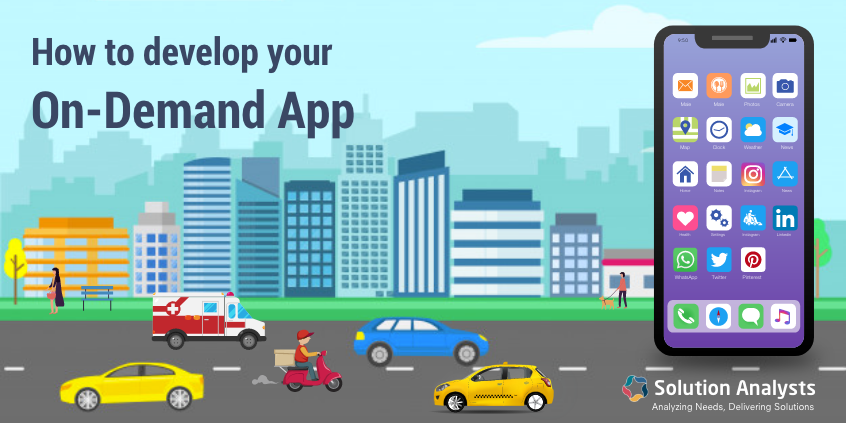
Table of Contents
Booming on-demand economy has started to influence almost all industry sectors. From food to grocery delivery app, and chores to taxi-hailing app, the on-demand mobile apps are all set to avail the advantage mobile-driven age.
The rise of on-demand apps is largely because of the ongoing trend of offering various services through a mobile app to a huge audience.
If you want to leverage the benefits of a tailored on-demand app for your business, this blog can give you step-by-step information from types to features to the cost of an on-demand app. Here also, we can consider the rule of demand and supply to understand the growing demand of on-demand apps.
Let’s start with the types-
As per the target audience, we can classify on-demand apps in three basic categories.
Types of On-demand Applications
Person to Person (P2P)
Here a person offers a service or product to another person using the same platform through a company’s app. Uber and Postmate are big examples of P2P apps.
Enterprise to Person (E2P)
Enterprises come up with their on-demand apps to offer their products or services to people.
The user downloads the company’s app and order products or services. McDonald’s has an E2P app to deliver Mc Burgers and fries to app users.
Enterprise to Enterprise (E2E)
This type is not in vogue yet. An enterprise counts on a number of other small enterprises and startups to run various business processes smoothly. The E2E apps target such companies and service providers. For example, a mobile app solution acts as a bridge between Walmart’s suppliers and Walmart’s supply chain platform.

However, it is fair to mention that most on-demand apps have the same set of features and they mainly connect providers with people. Though on-demand app development services are designed to provide benefits to almost all industry sectors, here we make a list of the biggest beneficiaries of on-demand apps.
On-demand Mobile App Development- Top Beneficiaries
Delivery of Food and Beverages
This is the most popular sector for developing on-demand apps. Restaurants, hotels, and even dining halls opt for an on-demand food delivery app to provide convenience to their app users for ordering their favorite dishes or booking a table any day.
Grocery delivery app development is another branch of this segment. It enables app users to order groceries and households on the move and get everything delivered at their doorstep.
Zomato, Grofers, and other popular apps fall in this category. The on-demand app for food delivery can offer you an opportunity to customize services and enable you to come up with a robust, user-focused business model.
Home Services and Utility
These days, a hefty schedule makes it impossible to manage household chores and fix issues like leakage or damage to furniture. Thankfully, people can download the app and hire skilled persons for a day or for some hours to maintain their house. This sector has a lot of potential and opportunities for startups because it remains unexplored to date.
Read more: How To develop On-demand Home Services Mobile App
In other words, home services and utility sector has less competition in on-demand apps as compared to other sectors. But then, it is quite challenging to identify services and manage the network of skilled persons.
Transportation
Uber and Lyft have set the milestone in the private transportation segment thanks to feature-rich mobile apps. This is one of the most competitive sectors in on-demand app development, but at the same time, it offers a lot of opportunities to newcomers.
Today, many small and mid-size transportation companies provide their services in various parts of the world with the help of on-demand apps.
Shipping and Logistics
This is another sector in which you can target enterprises and individuals. These days, global boundaries are blurred and international trade becomes a norm because of the increasing use of the Internet. As a result, the shipping and logistics business gets a boost and on-demand apps can help you grow your business.
Apart from these sectors, other industries can also explore the scope of on-demand apps. Simply put, you can boost your business with the help of customized on-demand mobile apps.
Developing On-demand Apps- Key Aspects to Consider
The mobile app development company takes the same approach for developing on-demand apps, but you need to follow these steps to make your on-demand app successful.
Identifying target audience
This is the first and foremost step when you opt for developing an on-demand app. Every on-demand app has two users- providers and receivers. For example, the food delivery app has a restaurant as providers and people as receivers.

Similarly, an on-demand healthcare app has physicians are providers and patients are receivers. You need to identify receivers and come up with a UI design of an on-demand app as per their expectations.
Go for partnerships
If you want to bring an E2E app, you need to establish a partnership with providers and receivers. Whereas, if you want to come up with a P2P app, you need to form a partnership with the providers.
From ensuring seamless operations to promoting your app, partnerships can play a vital role in growing your business. What’s more, you can establish a revenue model in which you can get a slice of the pie from every transaction made through your app.
Define strategies
After identifying the target audience, you should do proper research on market trends and expectations of your prospective users. It helps you define goals and strategies for app development.
You can ask for a prototype from developers to get a clear insight into your app. Also, you can study your competitors’ apps to have more ideas for developing an on-mobile application.
Make informed decisions
As mentioned above, it is beneficial to research the competitors’ apps and activities before developing an on-demand delivery app for your services.
You should also study the business models of big players in your sector. For example, if you want to launch a cab-hailing app, you can do proper research on Uber’s business model.
Establish association
You need to establish a network of suppliers or providers and receivers to attract a huge audience. You should also define the limit of partnership or any other business relationship with providers before developing a mobile app.
Many app publishers opt for keeping service providers as independent partners. You can also hire service providers on a payroll. This model works wonders in the food delivery business.
Send notifications
Push notifications can make or mar your business. They can give a personalized experience to your customers and grow your business. But, at the same time, there is always a risk of creating an annoyance for the app users if notifications are excessively used.
Therefore, you need to make proper planning for sending notifications to customers. You must maintain a subtle balance between delight and annoyance while sending push notifications.
Set reward program
A loyalty or reward program can make your user feel valuable for your company. It is one of the most efficient and cost-effective methods to promote your services and products.
Be it a refer-a-friend scheme or discount coupon, you should set a robust reward program to attract and retain more people on your app. With this, you should take care of the interests of your target audience to get an optimum outcome.
Provide personalized experience
This is an age of personalization. Your personalized services can assist you to get a loyal customer base.
Your customers can also spread the word for your business and ultimately, your on-demand app can get more downloads. Be it a UI or notifications, you need to ensure that your app offers personalized experience at every step.
Use suggestions
Suggestions and feedback are valuable and you should always take them regularly from the app users. It can help you improve services and win the customer’s heart. You can also give NPS Software (Net Promoter Scores) a try, to get feedback on a scale of 0-10 from your app users. You can use this score as data.
Offer customer support
What is the most effective way to face the growing competition? The answer is excellent customer support. When it comes to on-demand business, 24/7 customer support is essential to increase the confidence of app users. It can help you stay connected with customers and resolve their issues quickly.
Also, when your app users unable to contact delivery persons or other executives of your company, the customer support feature can help them out.
Approximate Cost of On-demand App Development
Like other enterprise-grade apps, the cost of an on-demand app depends on several factors like app complexity, number of features, and development duration. Now, these aspects are interrelated.
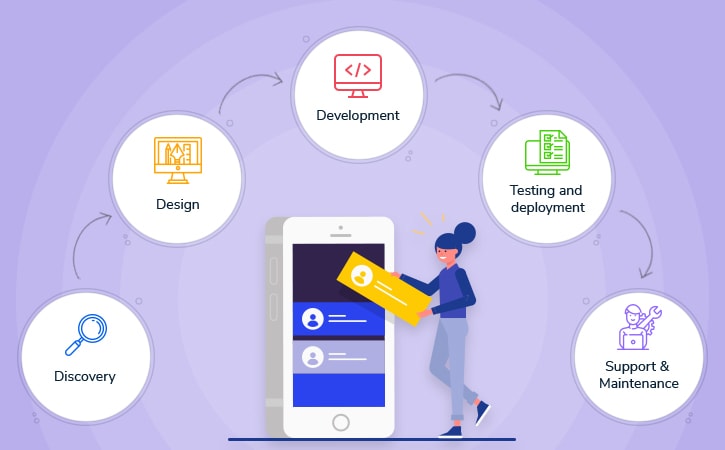
For example, the inclusion of additional features can make your app more complex, and as a result, the development time increases significantly. It directly impacts the cost of app development.
Documentation – $1000-$2000 (Approximately 40 hours)
App Design – $1500-$4000 (Approximately 60 hours)
App Development – $6000-$25000 (Approximately 350 hours)
App Testing – $2500-$4000 (Approximately 80 hours)
Support and Maintenance – Depending on app features and complexity
Also, Android app development costs higher than iOS app development because an Android app needs to be tested on multiple devices available, whereas, iOS apps can be tested on several iPhones and iPads only.
Here we have given an approximate cost of on-demand app development on hourly basis. It is fair to mention that the app development cost can change as the total number of development hours is changed.
The hourly rate for developing an on-demand app can remain around $30 to $200. Altogether, the on-demand app can cost you anywhere between $10000 to $50000 depending on the complexity and richness of features.
You can also contact on-demand app development service providers to get a quote based on your business requirements and app features.
Finally, your on-demand app is ready to launch. Here are some sure-fire tips to increase the demand and downloads of on-demand apps. It is also advisable to consult a reliable mobile app development company if you want to build an app for your business.








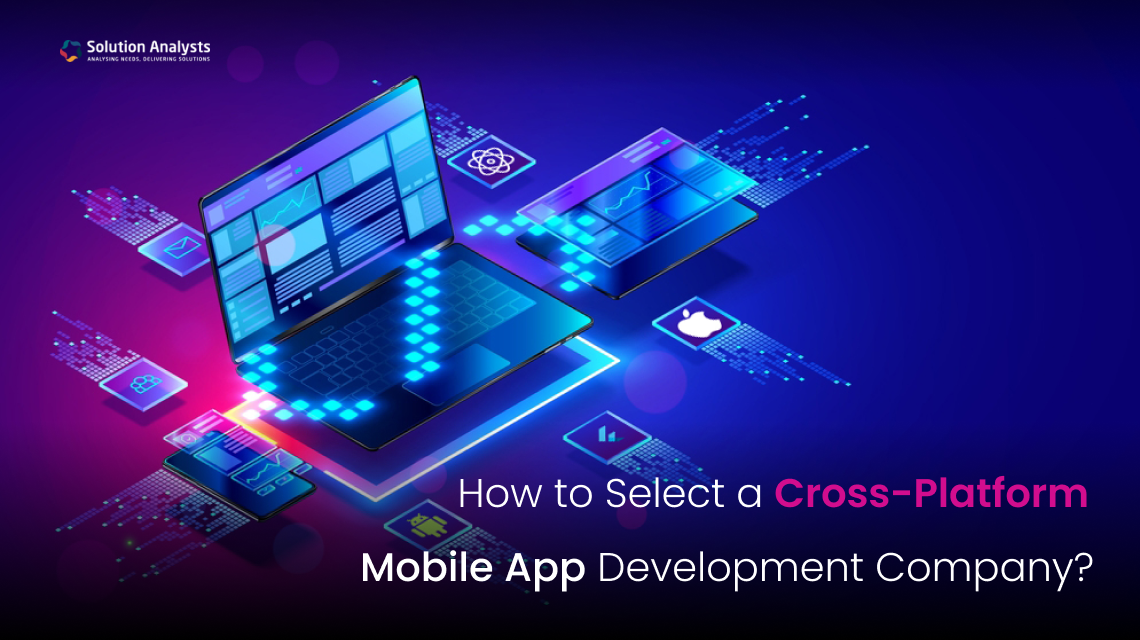

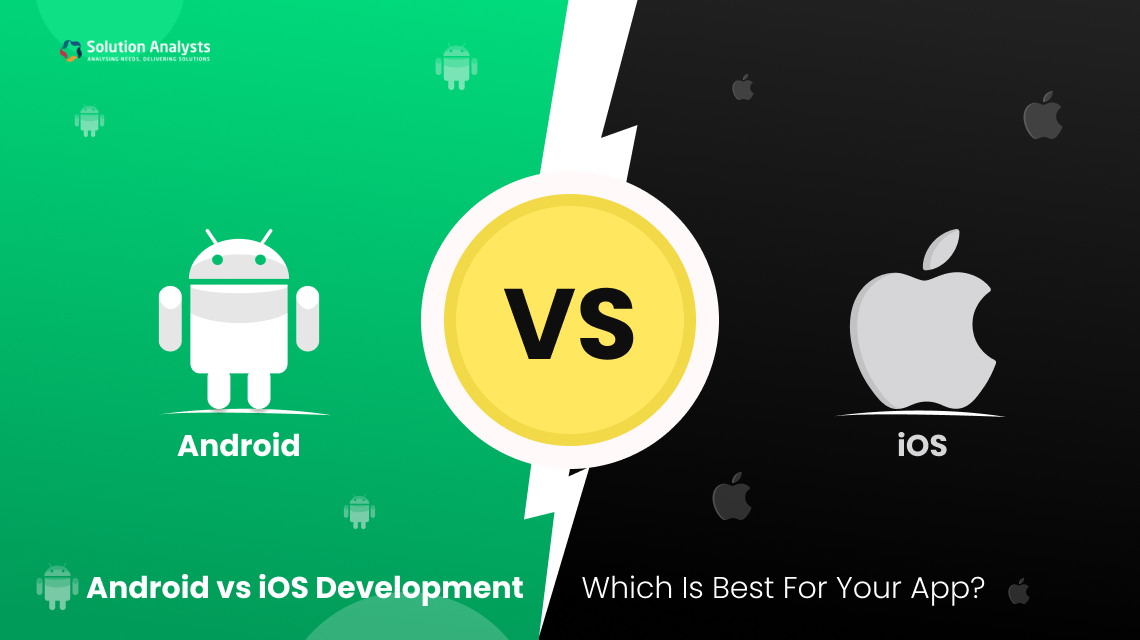
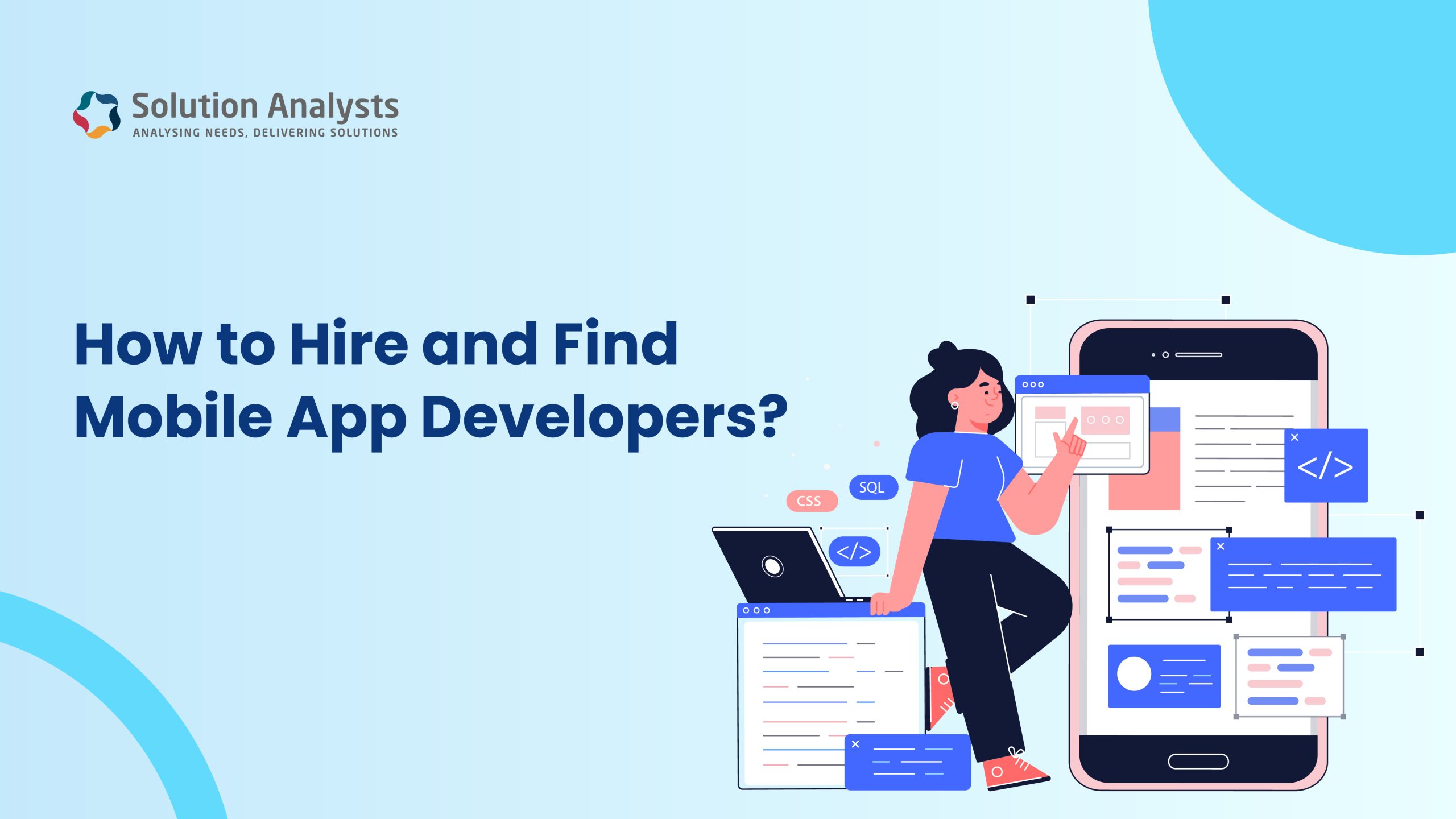
 sales@solutionanalysts.com
sales@solutionanalysts.com biz.solutionanalysts
biz.solutionanalysts






